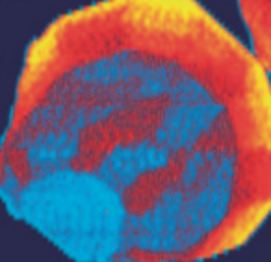Geochronology and Thermochronology Using Apatite: Time and Temperature, Lower Crust to Surface
Apatite can provide geologists with an exceptionally wide range of ages and temperatures to investigate processes that operate from Earth’s surface right down to the lower crust. Apatite is a widespread accessory mineral in igneous, metamorphic, and clastic sedimentary rocks and can be dated using four radioactive decay schemes, each with a different temperature window for isotopic closure: Lu–Hf (675–750 °C); U–Pb (350–550 °C); apatite fission track (60–110 °C); (U–Th)/He (40–80 °C). The fission-track and (U–Th)/He methods are popular for studying upper-crustal and near-surface processes, whereas the U–Pb and Lu–Hf systems are used to investigate the thermal, tectonic, and magmatic histories of the deeper crust.


